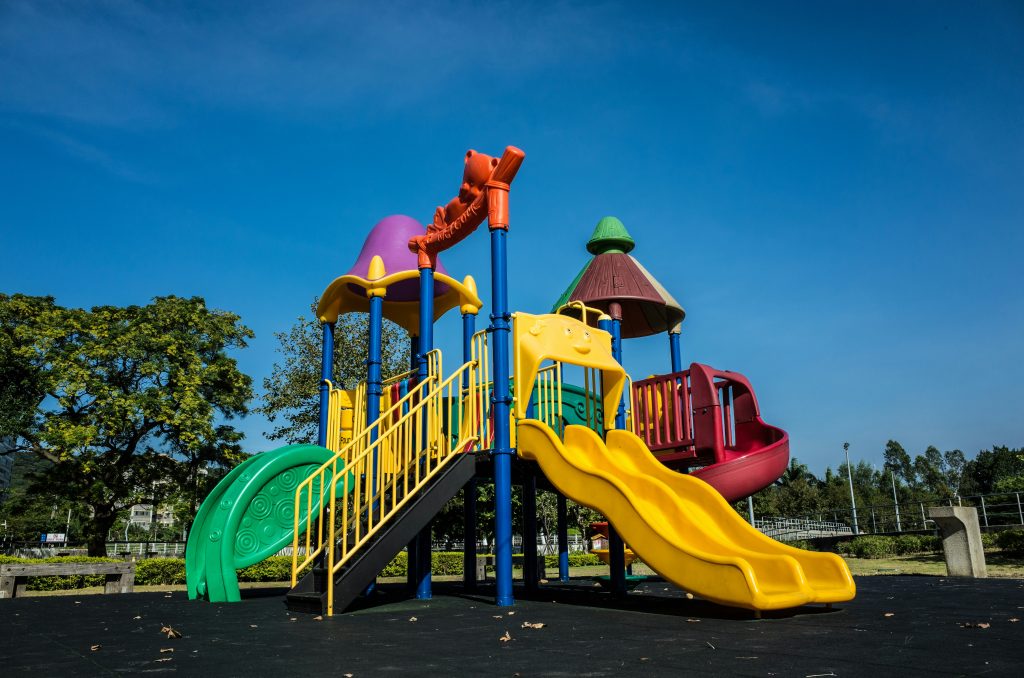Rubber Mulch: A Comprehensive Exploration
In the realm of landscaping and gardening, innovation often takes root in the most unexpected places. Rubber mulch, a relatively recent addition to the repertoire of landscaping materials, has sparked curiosity and debate among gardening enthusiasts and landscape designers alike. Let’s embark on a journey to explore the intricacies of this mulch, its applications, advantages, disadvantages, environmental benefits, creative uses, future trends, and developments.
What is Rubber Mulch?
This mulch is a recycled product made from shredded rubber, typically sourced from discarded tires. Through a meticulous process of cleaning, shredding, and coloring, rubber mulch emerges as a versatile landscaping material. It resembles traditional wood mulch in appearance but boasts a myriad of distinct properties that set it apart.
Why is it Used?
Rubber mulch serves various purposes, making it a popular choice for both residential and commercial landscaping projects:

Durability: Unlike organic mulches such as wood chips or bark, rubber is exceptionally durable. It does not decompose or break down over time, ensuring long-lasting coverage in garden beds and playgrounds.
Weed Suppression: One of the primary functions of mulch is to suppress weed growth by blocking sunlight and preventing weed seeds from germinating. Rubber excels in this aspect, forming a dense barrier that inhibits weed proliferation.
Moisture Retention: By forming a protective layer over the soil, mulch helps retain moisture, reducing the frequency of watering in garden beds and landscapes.
Insulation: During extreme weather conditions, rubber mulch acts as an insulating layer, shielding plant roots from temperature fluctuations and protecting them from frost damage.
Safety: In playgrounds and recreational areas, the rubber provides a cushioning effect, offering a safer surface for children to play and preventing injuries from falls.
Advantages:
Environmentally Friendly: By repurposing discarded rubber tires, rubber mulch contributes to the reduction of landfill waste and promotes sustainability.
Low Maintenance: Unlike organic mulches that require frequent replenishment, this mulch maintains its appearance and functionality for an extended period with minimal maintenance.
Color Retention: It is available in a spectrum of colors that do not fade over time, ensuring vibrant and aesthetically pleasing landscapes year-round.
Pest Resistance: Unlike wood mulch, rubber is not attractive to pests such as termites or carpenter ants, reducing the risk of infestations in garden beds and landscapes.
Disadvantages:
Cost: It mulch typically comes with a higher upfront cost compared to organic mulches, which may deter budget-conscious consumers.
Non-Biodegradable: While it boasts longevity, its non-biodegradable nature raises concerns about environmental impact and disposal at the end of its lifecycle.
Heat Absorption: In regions with high temperatures, rubber has the potential to absorb and retain heat, which can affect soil temperature and plant health.
Potential Chemical Leaching: Some rubber mulch products may contain trace amounts of chemicals or toxins that could leach into the soil over time, raising health and environmental concerns.
Environmental Benefits

Recycling: Rubber mulch is primarily made from recycled tires, diverting these materials from landfills and reducing the environmental impact of tire disposal. By repurposing rubber, this landscaping material contributes to a more sustainable waste management system.
Water Conservation: Due to its moisture-retaining properties, the mulch helps conserve water by reducing evaporation from the soil surface. This aspect is particularly advantageous in arid regions or during periods of drought, where water conservation is paramount.
Soil Health: While organic mulches decompose over time, enriching the soil with organic matter, rubber does not break down. However, it still provides a protective layer that helps maintain soil moisture, temperature, and structure, promoting overall soil health and fertility.
Creative Applications of Rubber Mulch:
Artistic Landscaping: Its vibrant colors and versatility lends itself well to artistic landscaping designs. From intricate patterns to mosaic-like arrangements, rubber mulch can be used to create visually stunning focal points in gardens and outdoor spaces.
Sustainable Architecture: In sustainable architecture and urban design, rubber mulch has been utilized as a building material for green roofs, rooftop gardens, and urban parks. Its lightweight nature, coupled with its insulating properties, makes it an attractive option for green building projects.
Educational Gardens: In educational settings, such as school gardens or botanical parks, it can be incorporated into interactive learning environments. Its tactile qualities and durability make it ideal for sensory gardens or outdoor classrooms, providing hands-on learning experiences for students of all ages.
Future Trends and Developments
As the landscaping industry continues to evolve, several trends and developments are shaping the future of rubber mulch:
Technological Advancements: Ongoing research and development efforts are focused on improving the production process and enhancing the performance characteristics of rubber mulch. Innovations in recycling technologies and material engineering aim to address concerns related to durability, heat retention, and environmental impact.

Customization and Personalization: With growing demand for personalized landscaping solutions, manufacturers are offering a wider range of color options, textures, and blends to cater to diverse aesthetic preferences. Customizable features, such as embedded patterns or logos, allow for unique and tailored landscaping designs.
Regulatory Compliance: As environmental awareness increases, regulatory agencies are implementing stricter standards and guidelines for the production and use of rubber mulch. Compliance with safety regulations, environmental certifications, and quality assurance measures is becoming increasingly important for manufacturers and suppliers.
Stay Tuned for Further Development
Rubber mulch represents more than just a practical landscaping material; it embodies a commitment to sustainability, innovation, and creativity in outdoor design. With its array of benefits, diverse applications, and ongoing advancements, it continues to shape the landscape of tomorrow, offering endless possibilities for green spaces and urban environments alike. For more information on rubber mulch alternatives, see our article on black mulch.
